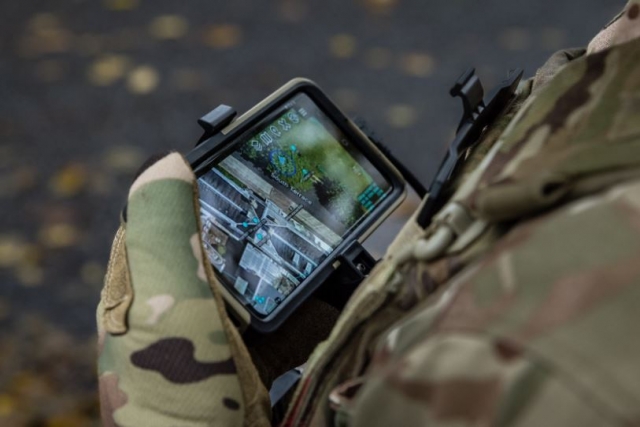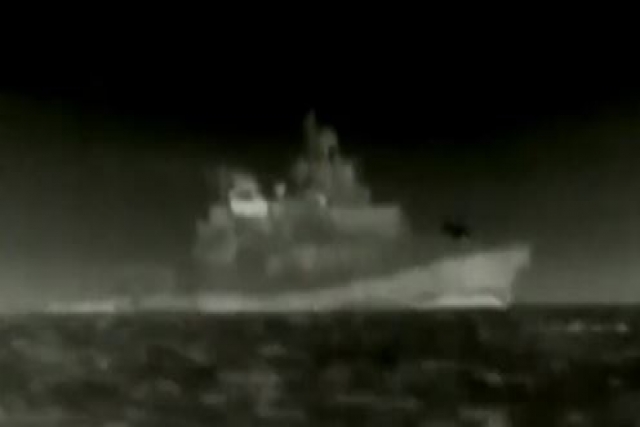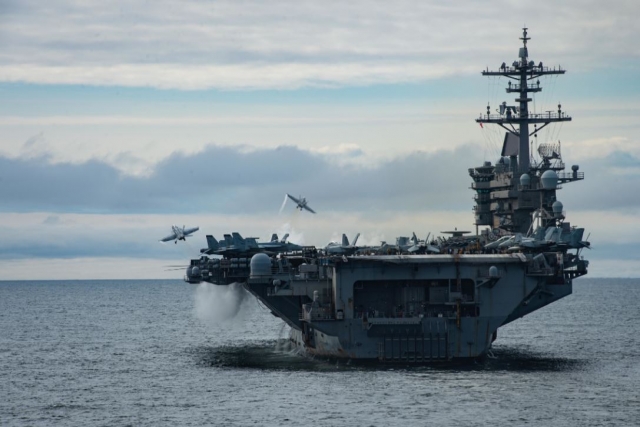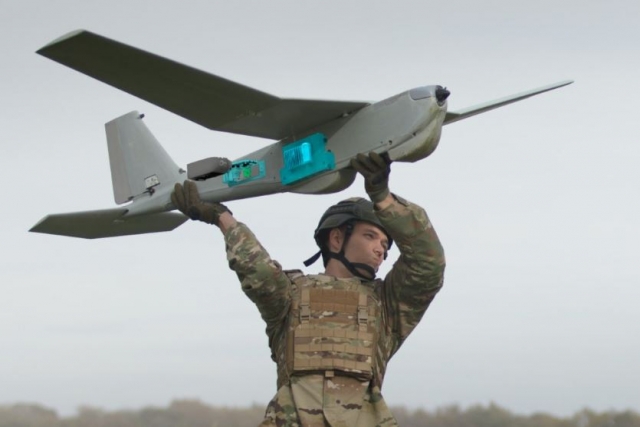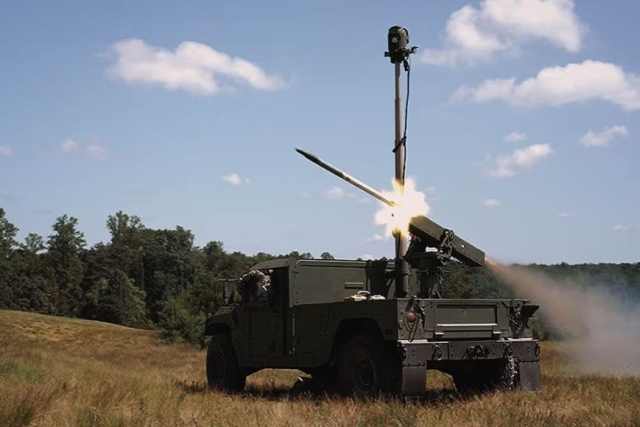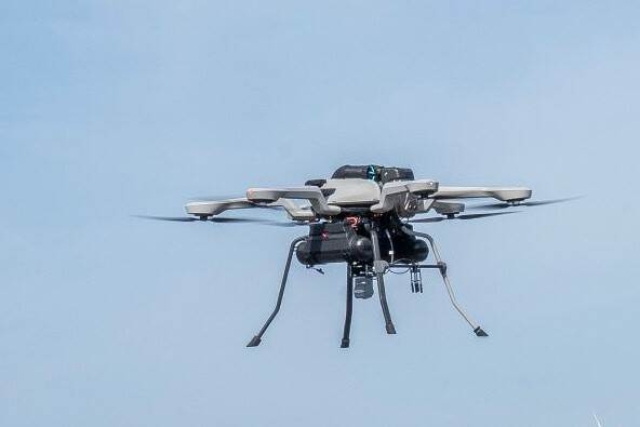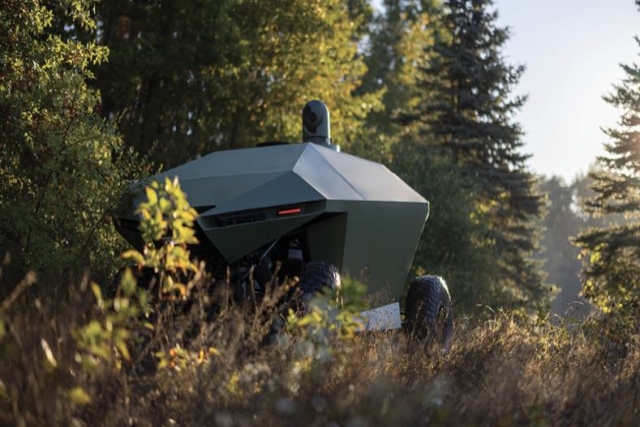MagNav Project Demos Real-time Magnetic Navigation
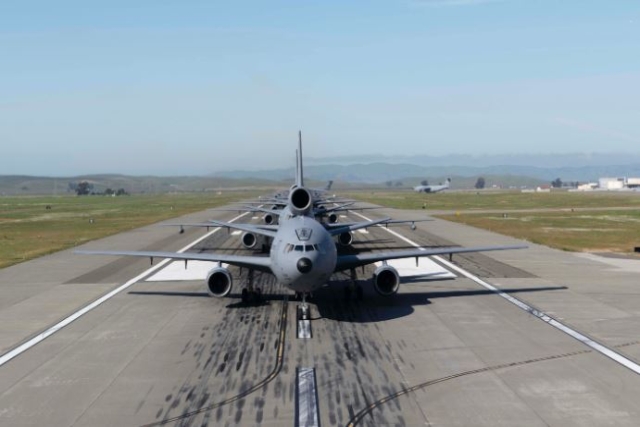
The Department of the Air Force-Massachusetts Institute of Technology Artificial Intelligence Accelerator (AIA) MagNav project recently performed real-time magnetic navigation (MagNav) on the C-17A Globemaster III in flight, becoming the first organization to demonstrate this technology in real-time on a Department of Defense aircraft.
The AIA MagNav team, in conjunction with personnel from MIT, MIT Lincoln Laboratory, the Air Force Research Laboratory Sensors Directorate and the Air Force Institute of Technology Autonomy and Navigation Center, flew three Travis Air Force Base, California, C-17 sorties to the test complex at Edwards AFB, California, during exercise Golden Phoenix, May 11-15.
The team harnessed the power of AI and machine learning through the AIA’s calibration and positioning neural network, which was trained during flight in a matter of minutes on a commercially-available laptop. The team leveraged transfer learning from AI models built on previously collected C-17 data, which significantly accelerated the neural network training process.
Travis AFB's 60th Air Mobility Wing provided the AIA with aircraft to build and train the prototype MagNav system, while also executing a maximum generation event or 'elephant walk' as part of exercise Golden Phoenix, Travis AFB’s showcase of readiness and interoperability. The navigation experimentation addressed one of the four critical capability gaps identified by Gen. Mike Minihan, commander, Air Mobility Command.
To achieve this milestone, the MagNav team leveraged global collaboration through its Magnetic Navigation Open Challenge, which involves contributors from around the world through its open-source software library. This collaboration improved the AIA’s neural network architecture that removes magnetic noise generated by the aircraft to derive position by comparison to a known magnetic map. The technical report, soon to be presented to the U.S. government, will provide details on the system's navigation accuracy and inform MagNav experiments for other DoD platforms, including aircraft, submarines, hypersonic glide vehicles and small unmanned aerial systems.
Maj. Kyle McAlpin, AIA MagNav liaison, expressed enthusiasm for the successful outcome, stating, "Every pilot fears single points of failure. Our strategy documents lament the DoD’s over-reliance on GPS, a single point of failure in our ability to navigate precisely. The next fight demands unassailable positioning and navigation. We can achieve that by augmenting GPS with alternatives like celestial navigation, signals of opportunity, visual navigation, and magnetic navigation. This week, we took an important step towards making one of those modalities a reality by transitioning MagNav from the minds of MIT and MIT Lincoln Laboratory onto an operational aircraft, blazing the trail for our sister services and expansion to new platforms."
On the same demonstration sorties, the AIA MagNav team secured flight approval for its Small Business Innovation Research transition partner, SandboxAQ, to deploy its quantum magnetometer eight months ahead of timeline.
"SandboxAQ has seen great value in our partnership with Major McAlpin's team at the Air Force AI Accelerator. Together, we're pushing the boundaries of quantum sensing. We look forward to making quantum navigation solutions a reality for American and allied aviators in the near future," said Jen Sovada, SandboxAQ Public Sector president.
The successful demonstration of MagNav on the C-17 marks a significant milestone in advancing navigation capabilities for the U.S. Air Force. The groundbreaking collaboration between AIA, MIT, MIT Lincoln Laboratory, and other partners paves the way for further innovation in navigation technologies, benefiting not only the Air Force but also the broader aviation community.
